
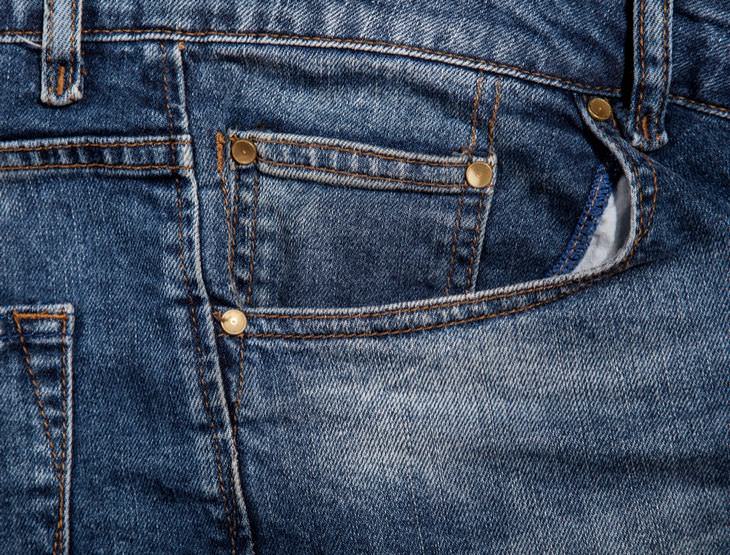
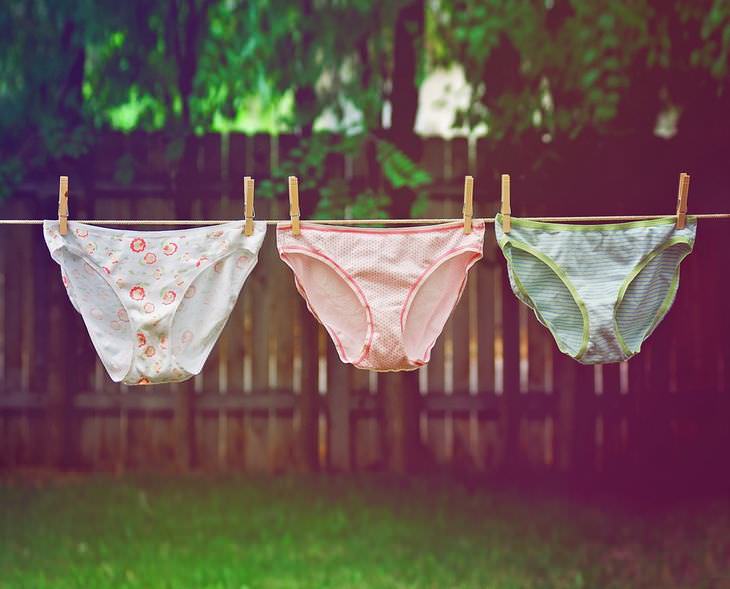

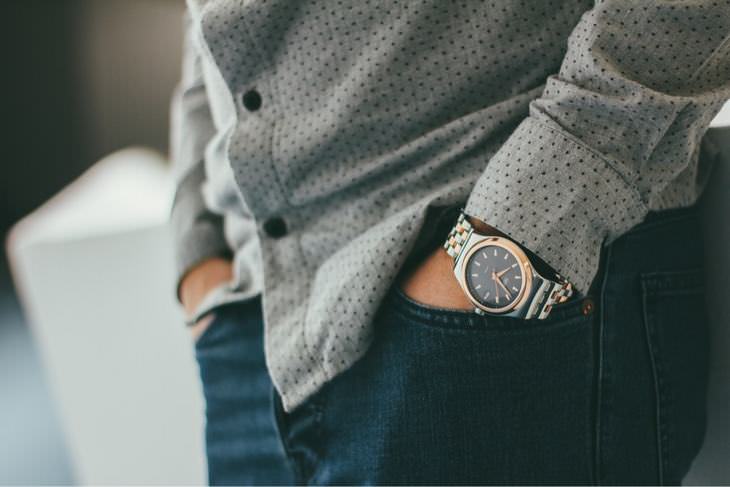
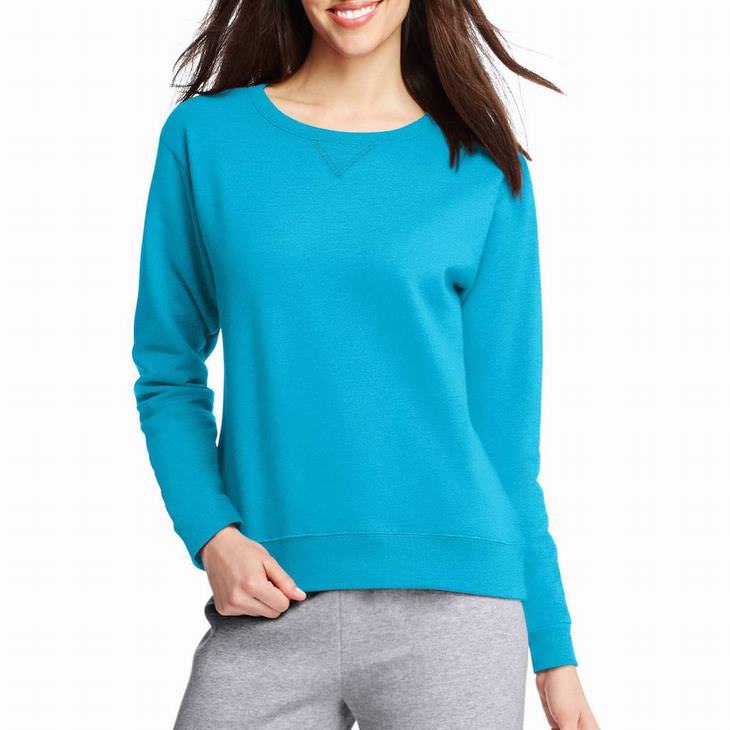
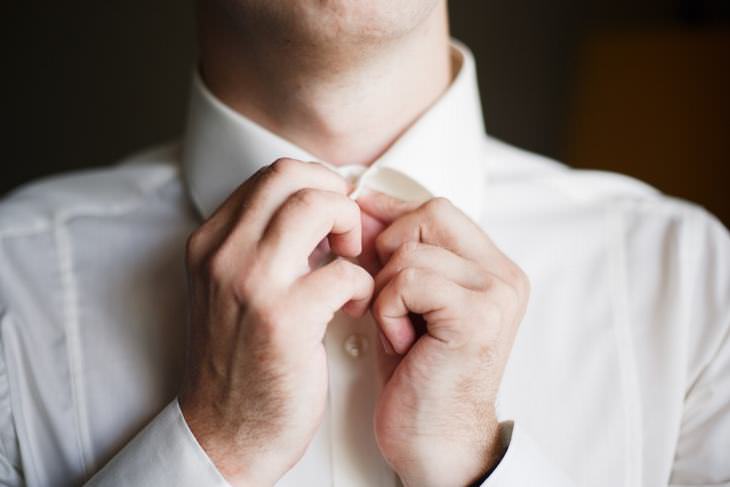
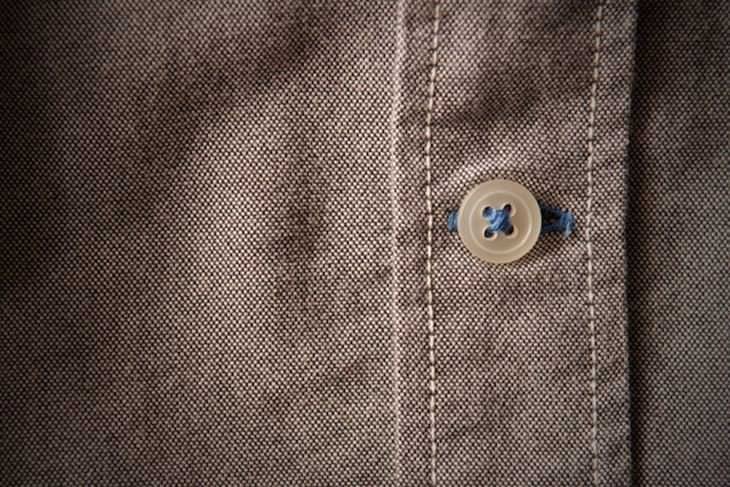
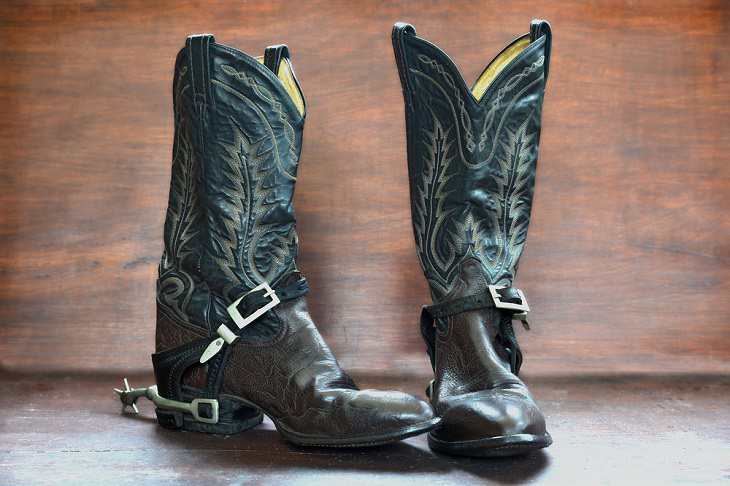
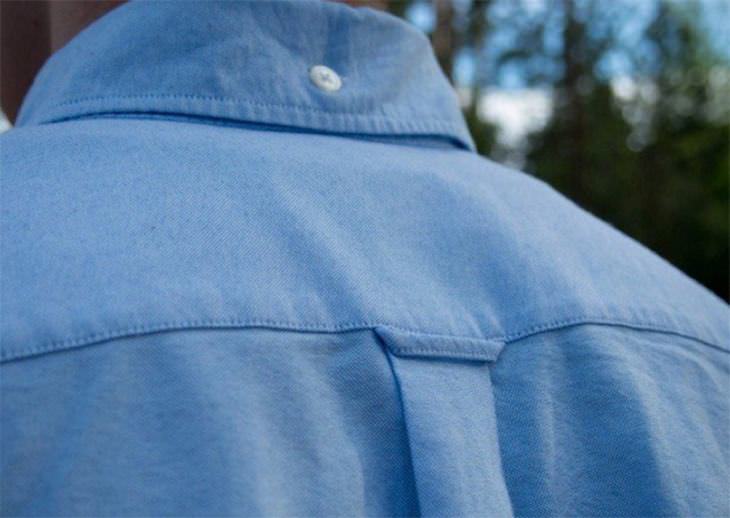

Useful Guides: 14 Handy Charts You Must Save
These wonderfully informative charts are worth saving... Take a look.

11 Ways What You Wear Is Making You Look Older
Is what you're wearing making you look old? These 11 tips will help you change your style.
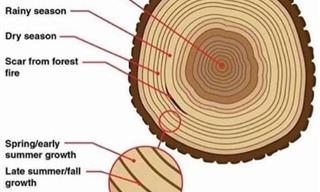
14 Handy Charts and Tables to Enrich Your Knowledge
For the curious minds out there, we put together yet another collection of fascinating charts, maps, and tables covering various topics - from history to nature!

Have Your White Clothes Lost Their Brightness? Try This!
Restore your clothes to their former glory with this natural remedy.

5 Incredible Secrets 5-Star Hotels Use to Do the Laundry
Achieve outstanding results with these incredible laundry tips
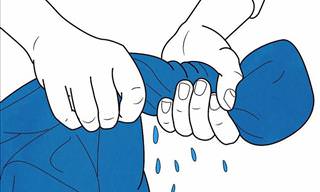
Need Your Clothes to Dry Fast? Here's What You Should Do
When your clothes are wet, and you need them to dry quickly, what do you do? This guide will tell you all you need to know.

12 Things You Should Never Clean With Vinegar!
In these 12 cases, it is recommended that you do not use it and instead treat stains and dirt with other cleaning products

Do You Have Dandruff? Here's How to Get Rid of It!
Do you suffer from dandruff? If so, instead of buying expensive shampoos, try these 8 natural remedies instead!

Cut These 8 Expenses After Retirement to Save Money
Make sure you avoid spending on these things during your retirement years.
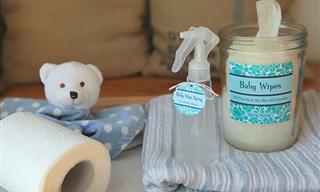
Make These Baby Products Naturally at Home!
To help you create your own natural remedies for your little one, we suggest trying out the following homemade "recipes".

This Chinese Spoon Massage Will Keep Your Face Youthful!
When you want to look young, the face is the right place to start, and with the next home massage technique, it's never been easier!

Remove Hard Water Stains Easily With Natural Solutions!
Hard water stains can be pesky and persistent. Here's how to easily remove them from different surfaces in your home.

So You Think You Shop Online Safely? This May Surprise You
If you shop online, you need to know how to avoid fake websites and low quality goods. For these and more online shopping tips, read this article.

How to Help Prepare for a Snow Storm – 11 Vital Steps
Don't let a winter storm take you by surprise. Prepare with these important steps.
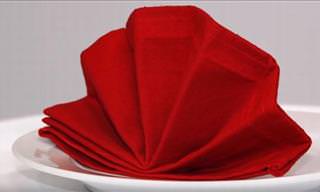
Spruce Up Your Dinner Table With These Napkin Techniques
Holidays are always a time of cheer. Spruce up your dining table with these 8 easy-to-try napkin techniques.

6 Useful Tips for Wearing Sneakers for Seniors
Health experts say that seniors should wear sneakers. Follow these tips to learn more about how to wear them comfortably.

Learn How to Grow Your Favorite Fruit and Veggies Indoors
All these plants are delicious, packed full of healthy nutrients and easy-to-grow even if you don’t have a yard or garden

How to Deal with an Emotional Extortionist
Emotional extortionists (also known as "Emotional Vampires") are people who prey on other people's emotions, knowingly or unknowingly, to get what they want.
 8:03
8:03
Testing 10 Amazon Phone Gadgets: Are They Any Good?
Are these phone gadgets as good as advertised? Let's check it out.

Safe & Natural Recipes to Add Scent to Your Home
Forget those fake, unhealthy air fresheners and chemical-packed scented candles. Make your own natural scents and keep your home fresh.

Here Are Some Money-making Tricks That Restaurants Use
There are numerous tricks that restaurants and cafes employ to make clients spend more money. Here are 11 of these sneaky ploys.
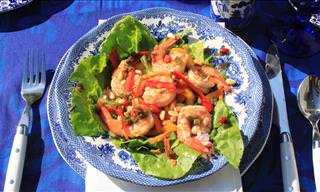
The Smart Weight-Loss Tips No One Ever Told You
These simple daily changes can bring an avalanche of goodness to your body. I'm sure you've never heard at least half of these tips, but each and every one of them will have a small and meaningful effect on your weight loss.

What NOT to Do When Buying a Used Car – 8 Tips
Buying a used car? Make sure don’t make these mistakes.
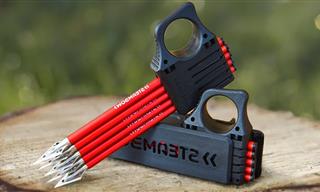 15:01
15:01
16 Survival Gadgets for Any Emergency Situation
These cool gadgets can be extremely useful in any emergency situation.

How to Pack Light and Travel Effortlessly: 11 Tips
Master the art of packing light with these tips.

25 Questions You Should Never Ask People Over 50
It is impolite to ask these 25 questions to people over 50 years old.

How to Prepare Matcha, the Healthiest Drink on the Market!
Matcha green tea is one of the healthiest drinks out there and this is how you can make it yourself.
 4:09
4:09
Why You Should Avoid Boiling Corn On the Cob
Corn on the cob is super versatile. You could steam it, grill it, or bake it. But one popular cooking method is best avoided - boiling. Learn why in this video.

Got an Oral Fixation? How to Identify and Cope With It
In this article I'm going to discuss both the causes of an oral fixation as well as the most reliable strategies to combat it.

Keep the Bedroom Cool in the Summer Heat with These Tips!
Getting a good night's sleep during the hottest summer months doesn't have to be a challenge. With these clever easy tricks, you'll sleep like a baby!

You Can Do a Lot More With Milk Than Just Drinking It...
Milk is a basic ingredient in any household, but it's a waste to use it just for drinking, when you can put it into many more uses that will make your life easier while also saving you money!

Cucumbers Are Incredibly Versatile: 7 Ways to Use Them
Cucumbers may be nutritious, but they are incredibly versatile too! Here's how you can use cucumbers outside of your salad.
 10:46
10:46
Are You Getting The Most Out Of Your Microwave? Handy Tips
Get the most out of your microwave with these handy tips.
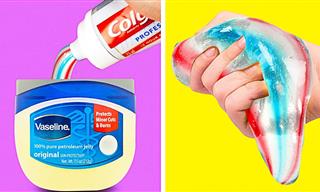 14:05
14:05
33 Things You Never Knew Your Toothpaste Could Do
Your toothpaste is more versatile than you thought.

10 Reasons Why You Should Drink More Chamomile Tea
Chamomile tea has an incredible amount of uses! Check out our top ten here.

Kitchen Tips: How Long You Can Keep Leftovers?
It’s crucial to know how long different leftover foods can last in your fridge, and when it’s time to part ways with them for your own safety and health
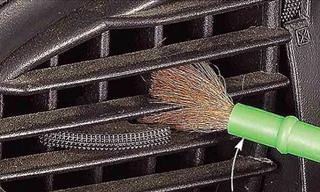
15 Great Tips for Cleaning Those Hard-to-Reach Spots
Have you ever skipped cleaning places and things around the house that were just too difficult to clean? Well, we have just the tips to help you with these spots!
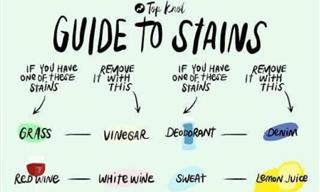
14 Nifty & Practical Charts That Explain Things Visually
Here are 14 practical and nifty charts full of solutions for the household problem and just plain useful information for your everyday life.
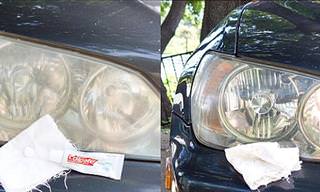
These Tips Will Help You Keep Your Car In Order
These hacks will help you get shinier headlights, organize your interior, and provide a nifty hack to help you remove a small car dent and lots more.

Stop Making These Common Storage Mistakes
Find out how to store a whole range of common things including different kinds of food, clothing and much more...

40 Wonderful and Beneficial Advantages of Having a Cat
Enjoy a visual representation of the 40 different benefits humans get from having a cat.

11 Mistakes Any DIY-er Should Avoid
Before you begin your long awaited project, take a look at these common DIY mistakes and make sure you’re not making any of them along the way.

Get Rid of These Body Language Habits Today!
Body language is intuitive, so it can easily convey a wrong message or reveal insecurities. Here are 9 simple tweaks that help you avoid these misunderstandings.

Home-Made Wall Cleaners That Will Make Life Easier
Here are 10 easy fixes, recipes and solutions to help make cleaning your walls a simple and infrequent task.
 11:10
11:10
Prepare To Fall in Love With Quinoa
Quinoa has so much to offer if you only know how to unlock its best features. Let cooking instructor Hellen Rennie tell you how.
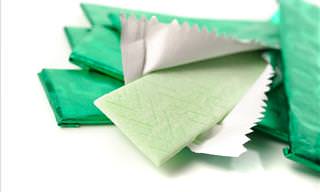
If You Have Gum on Your Clothes, Here's How to Remove It!
It's extremely annoying when you get a piece of chewing gum stuck to your clothes. Thankfully, there are many ways to remove it easily!

Embrace Your Gray Hair Naturally with these 8 Incredible Tips
These 9 tips will boost your confidence and improve your appearance when going gray.


